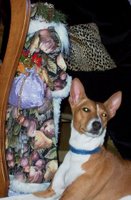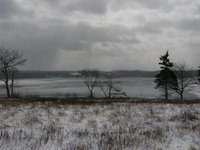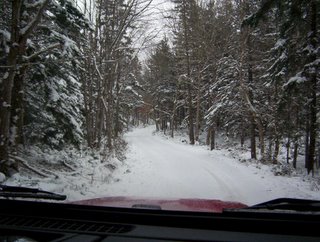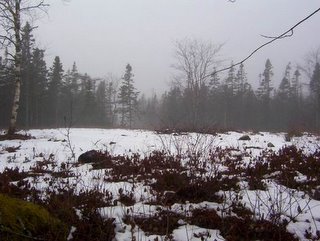Winter is still upon us

Shortly after 7AM this morning I stepped outside on the verhandah and snapped this photo. It was then -13C and with the wind blowing NW28km/h with gusts to 37km/h that pushed the windchill factor to -23C. Brrrrrr!!!!! Sure glad I've kept those longjohns handy! {g} There was light snow falling when I took that shot which can't be seen, but it sure is coming down now! Makes one very thankful for food, shelter and clothing when the storms surround you doesn't it?! A storm of a different sort was one that our family went through back in October 1999. As you will remember, my son, Eugene, is a fisherman and nowadays he is lobster fishing. Back in 1999 he worked aboard a dragger and on October 21st of that year he survived a shipwreck. While surfing the net a few nights back I stumbled upon this story and gasped as the first picture came to view and I saw my son in the life raft with a fellow crew member and their Captain sitting on the second life raft. Praise the Lord that the three men were alive and unharmed! Still, it stirred this mother's emotions greatly once again. Just click on The Rescue for the story.













